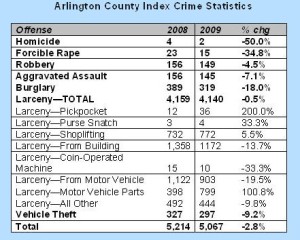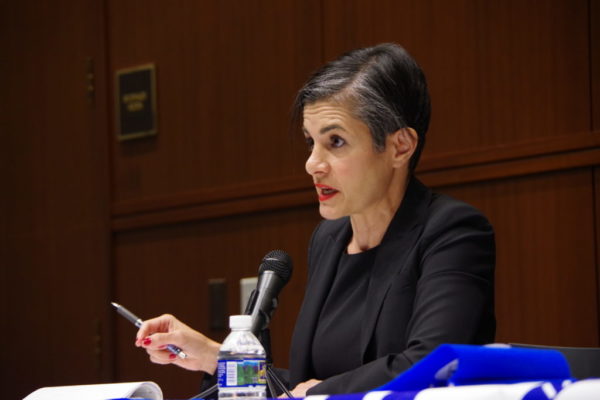
Commonwealth’s Attorney Parisa Dehghani-Tafti is welcoming a drop in car-related crimes, which have trended upwards during the pandemic years.
Preliminary data from the Arlington County Police Department indicates carjackings dropped from 16 in 2020 to eight in 2021, while car thefts dropped from 323 in 2020 to 306 in 2021. Finalized numbers will be published later this year in ACPD’s annual crime report.
“After a temporary rise in car thefts in the first half of the year, our office helped to spearhead the formation of a regional task force, resulting in a marked decrease in car-related crimes in the second half of the year,” Dehghani-Tafti, the top prosecutor for Arlington and the City of Falls Church, said in her most recent newsletter. “Most of the recent car thefts are a result of cars left unlocked, unoccupied and idling.”
In 2020, at the height of the pandemic, carjackings soared in Arlington — from one case in 2019 to 16 in 2020 — and the rest of the D.C. area. This uptick prompted more police patrols in the first half of 2021 and, by the summer, a coordinated regional response.
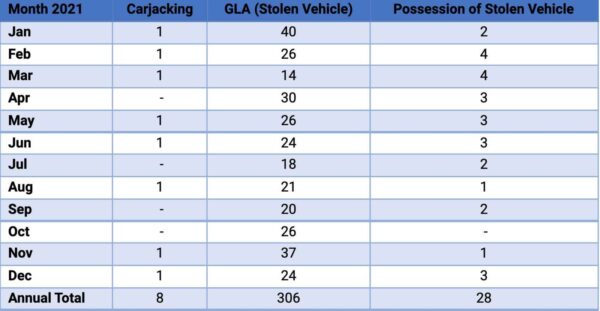
From January through June, ACPD recorded 160 motor vehicle thefts and from July to December, ACPD recorded 146 similar crimes, which is “a good percentage drop,” Dehghani-Tafti tells ARLnow.
Per the 2020 annual report, motor vehicle thefts have a ways to go if they’re to fall back to levels last seen in 2018 and 2019, when there were 171 and 227, respectively.
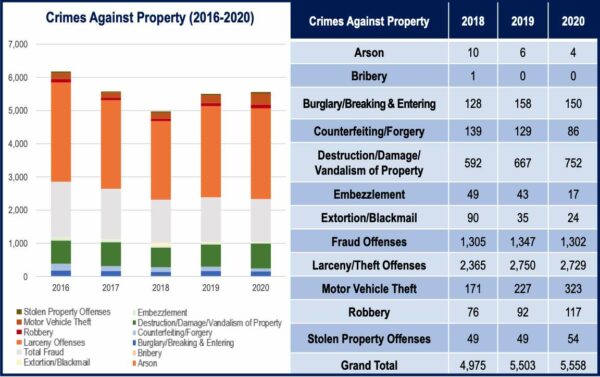
Dehghani-Tafti said she called attention to the drops in car-related crimes — as well as the zero recorded homicides last year and the lower rates of gun violence compared to other U.S. cities — in her newsletter to provide a counterpoint those who are saying crime is up under her tenure.
Dehghani-Tafti was elected in 2019 on a pledge to reform the criminal justice system by reducing racial disparities in prosecution as well as recidivism and incarceration, and investigating wrongful convictions. Last year, there was an effort to recall her that accused her of offering criminals lenient plea deals.
“[T]he more general point I was making in the digest is twofold: the first is that, contrary to some of the overheated rhetoric in certain quarters, crime remained low and we’ve kept our word in devoting resources to serious crimes, hence our record in the last year, including tackling a number of cold homicide and rape cases; second, I wanted to be intellectually honest that a lot of people deserve credit for crime being low, and to give them thanks for it,” she tells ARLnow.
Specifically, she thanked the Department of Human Services and the county government for funding social services, the Arlington School Board for diverting kids from the criminal justice system — it removed police officers from schools in 2021 — as well as ACPD for its deescalation work and community policing and the Sheriff’s Office for helping to reduce the jail population.
She says the jail population “consistently remains at its lowest levels in Arlington history,” although it has increased from a record low of 209 in June 2020 to 265 in December 2021.
As additional evidence of crime remaining low, she pointed to the zero homicides recorded in 2021 and relatively low rates of gun violence compared to other jurisdictions.
ACPD confirmed that no 2021 deaths have been ruled a homicide, which would be down from three in 2020 and two in 2019. There is, however, an open investigation into the deaths of two people in a Ballston apartment in December.
Two reported deaths in Arlington in 2021 fall outside ACPD’s jurisdiction and reporting: the man who stabbed, shot and killed a police officer outside the Pentagon this summer and the death of a security contractor at the U.S. State Department’s National Foreign Affairs Training Center.


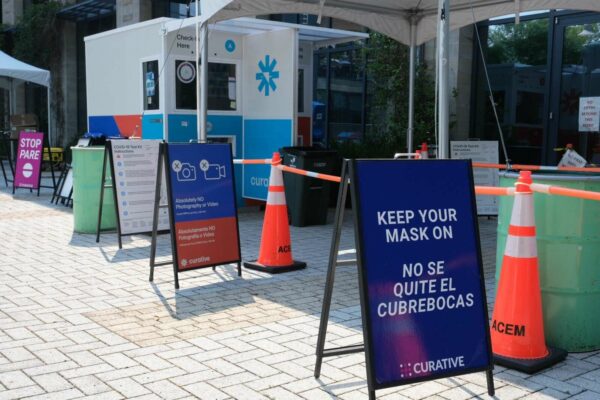
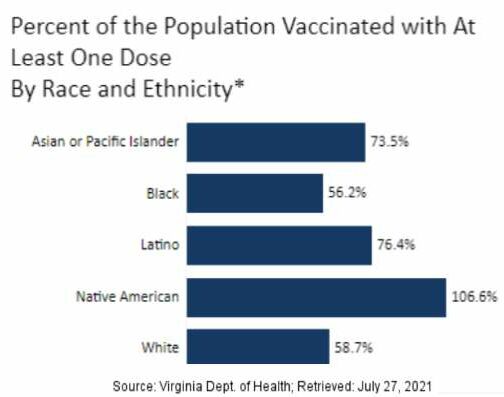
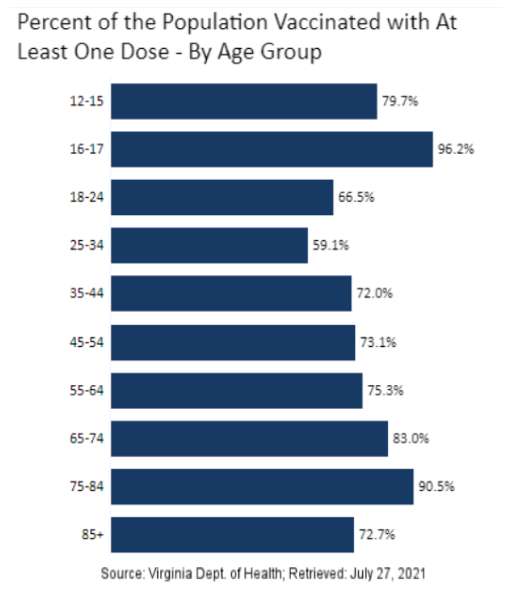
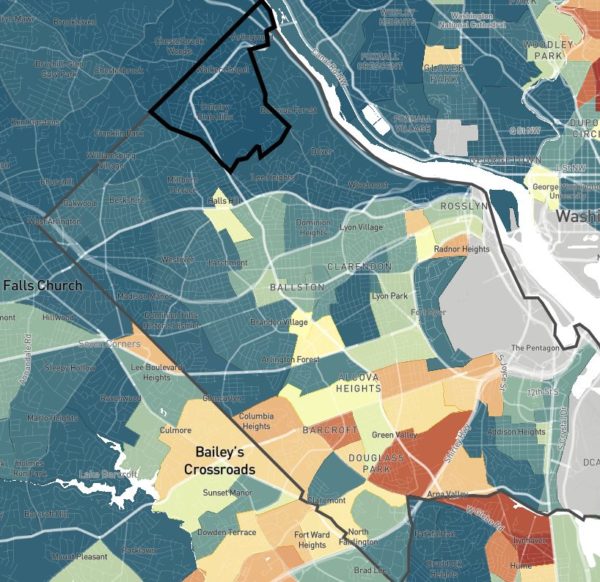

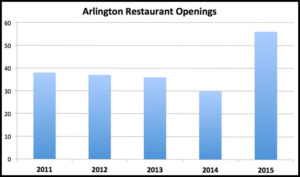

 Arlington’s violent crime rate fell 8.3 percent in 2009, the Arlington County Police Department announced this afternoon. The overall crime rate dropped by 3.7 percent.
Arlington’s violent crime rate fell 8.3 percent in 2009, the Arlington County Police Department announced this afternoon. The overall crime rate dropped by 3.7 percent.